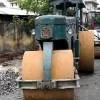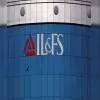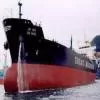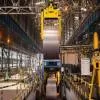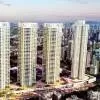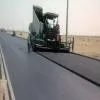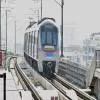
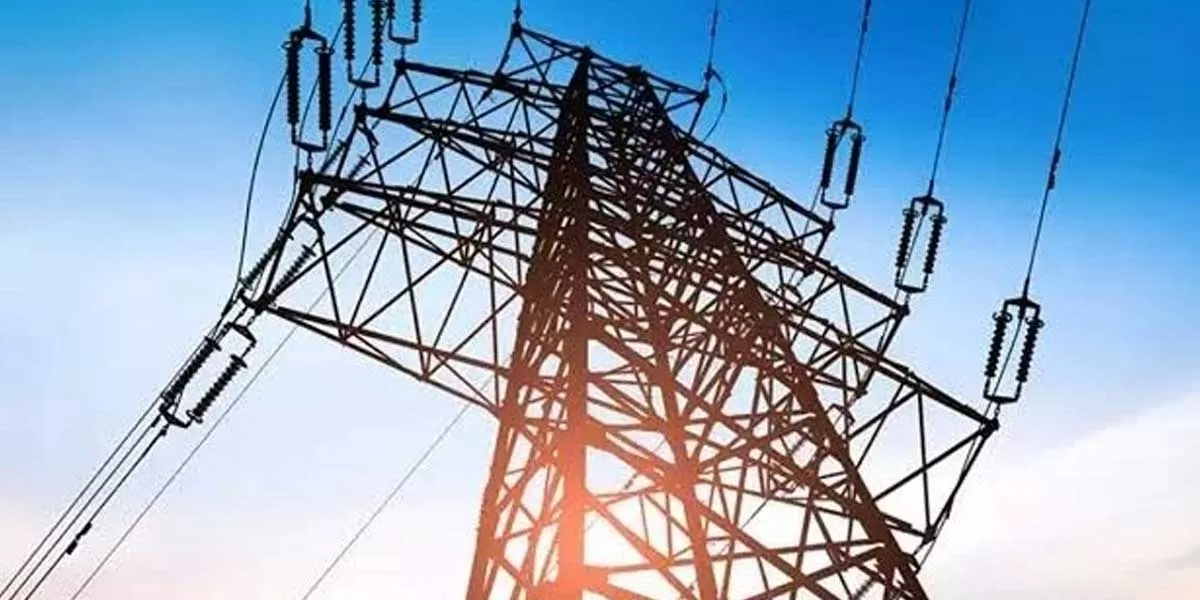
HPCL Ventures into Solar Power Generation
Hindustan Petroleum Corporation Limited (HPCL), a prominent player in the Indian energy sector, is making significant strides towards renewable energy by venturing into solar power generation. The latest development involves HPCL's ambitious Engineering, Procurement, and Construction (EPC) project aimed at establishing a 300 MW solar power plant.
This venture marks a pivotal moment for HPCL as it diversifies its energy portfolio to include clean and sustainable sources. The decision to invest in solar power aligns with global efforts to mitigate climate change and reduce reliance on fo..

India and Iran Forge Long-term Partnership
India and Iran have cemented their strategic partnership with the signing of a long-term contract aimed at developing the Chabahar Port. This significant agreement underscores the mutual commitment of both nations towards enhancing regional connectivity and bolstering economic cooperation.
The Chabahar Port, located in southeastern Iran, holds immense geostrategic importance due to its proximity to the Indian Ocean and its potential to serve as a gateway to Afghanistan, Central Asia, and beyond. By investing in the development of this port, India aims to establish a vital maritime link..
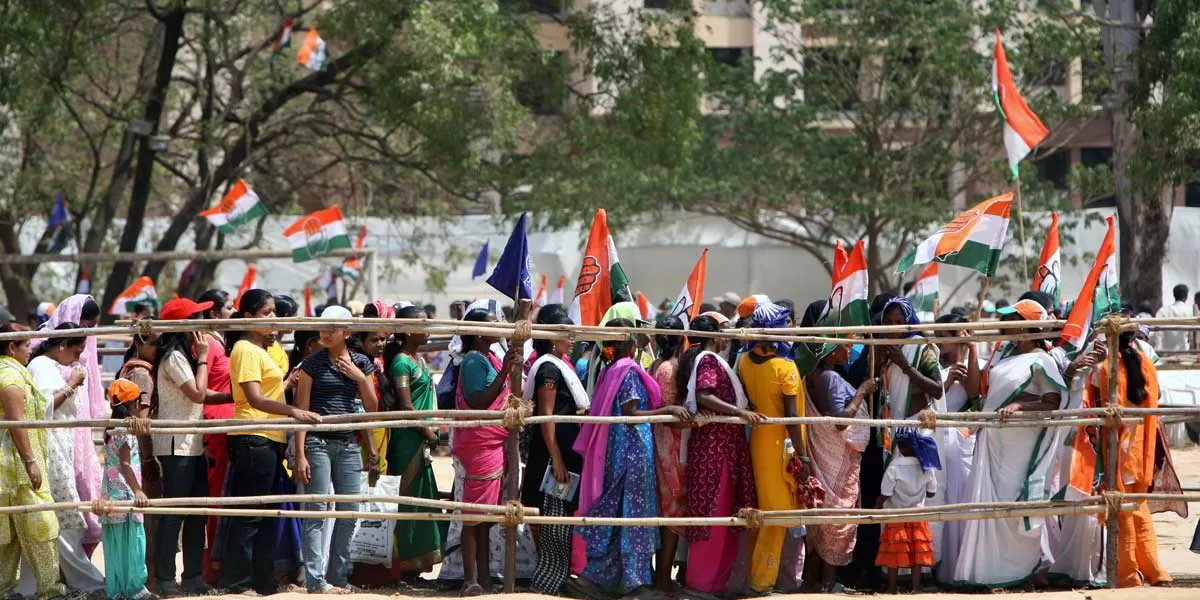
Indian Voters Lukewarm on Climate Change
Indian voters are displaying a surprising indifference towards climate change, despite growing global concerns and increasingly visible environmental impacts. According to recent surveys and reports, climate change ranks low on the list of priorities for many Indian voters, overshadowed by more immediate socio-economic issues such as unemployment, inflation, and healthcare. This apathy towards climate change poses significant challenges for policymakers and environmental advocates striving to implement sustainable policies and combat global warming.
One key factor contributing to this..
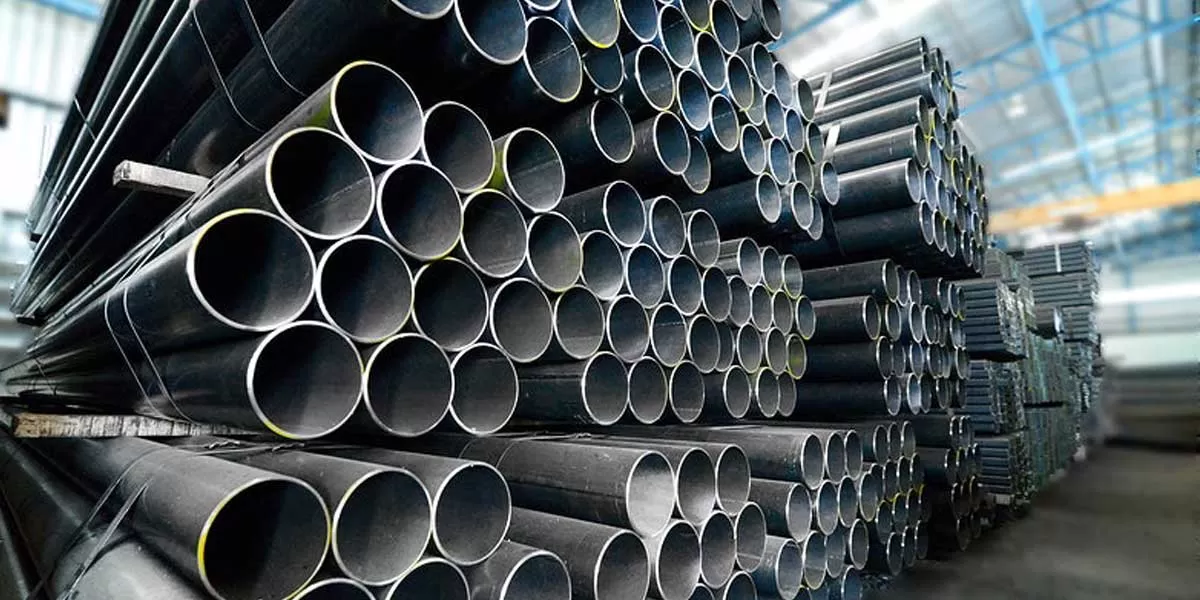
India's Steel Demand Growth Outlook Strong
India's steel industry is experiencing a significant boom, with demand expected to continue growing at a steady rate of 10% over the next few years. This growth trajectory is underpinned by several key factors, including robust infrastructure development, ongoing construction projects, a thriving automotive sector, and increased manufacturing activities driven by economic development initiatives.
The Indian government's focus on infrastructure development, including the ambitious National Infrastructure Pipeline (NIP) project, is a major driver of steel demand. The NIP aims to invest b..
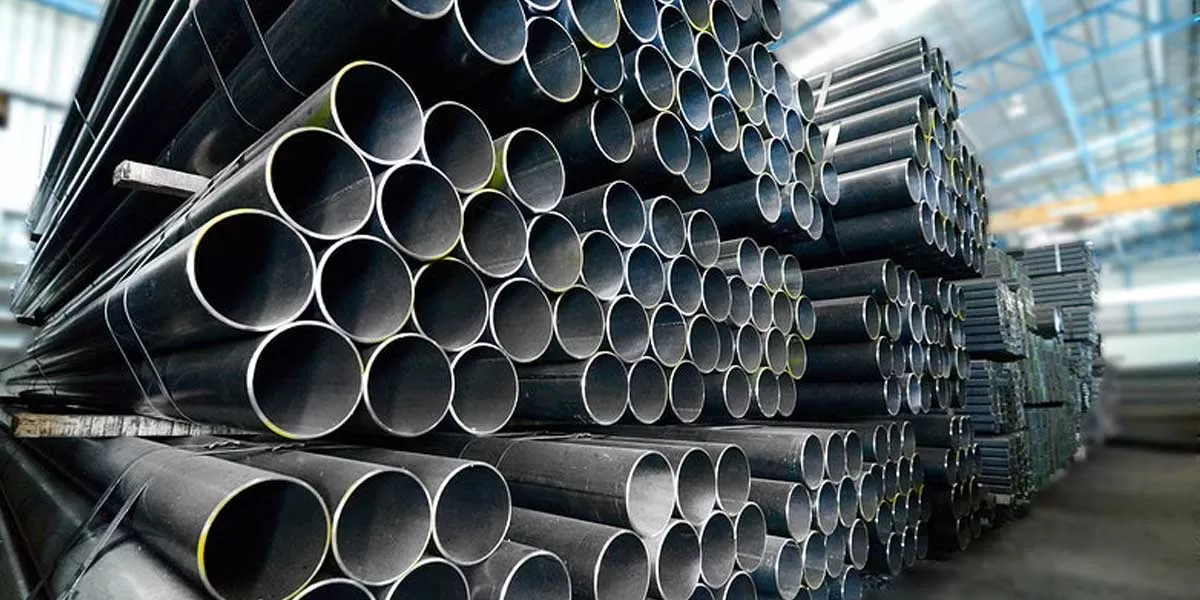
Steel demand surge to persist, poised for 10% growth: Steel Secy
During the 'CII Conference on Future Ready and Green Manufacturing' held in the national capital, Steel Secretary Nagendra Nath Sinha conveyed that the trajectory of domestic steel demand is poised to ascend at a robust rate of 10 percent in the forthcoming years. This optimistic outlook is firmly underpinned by the steadfast commitment of the government towards bolstering infrastructure development initiatives. Sinha articulated that with the unwavering attention directed towards infrastructure projects by the government, the domestic demand for steel is primed to burgeon at a pace characteri..


